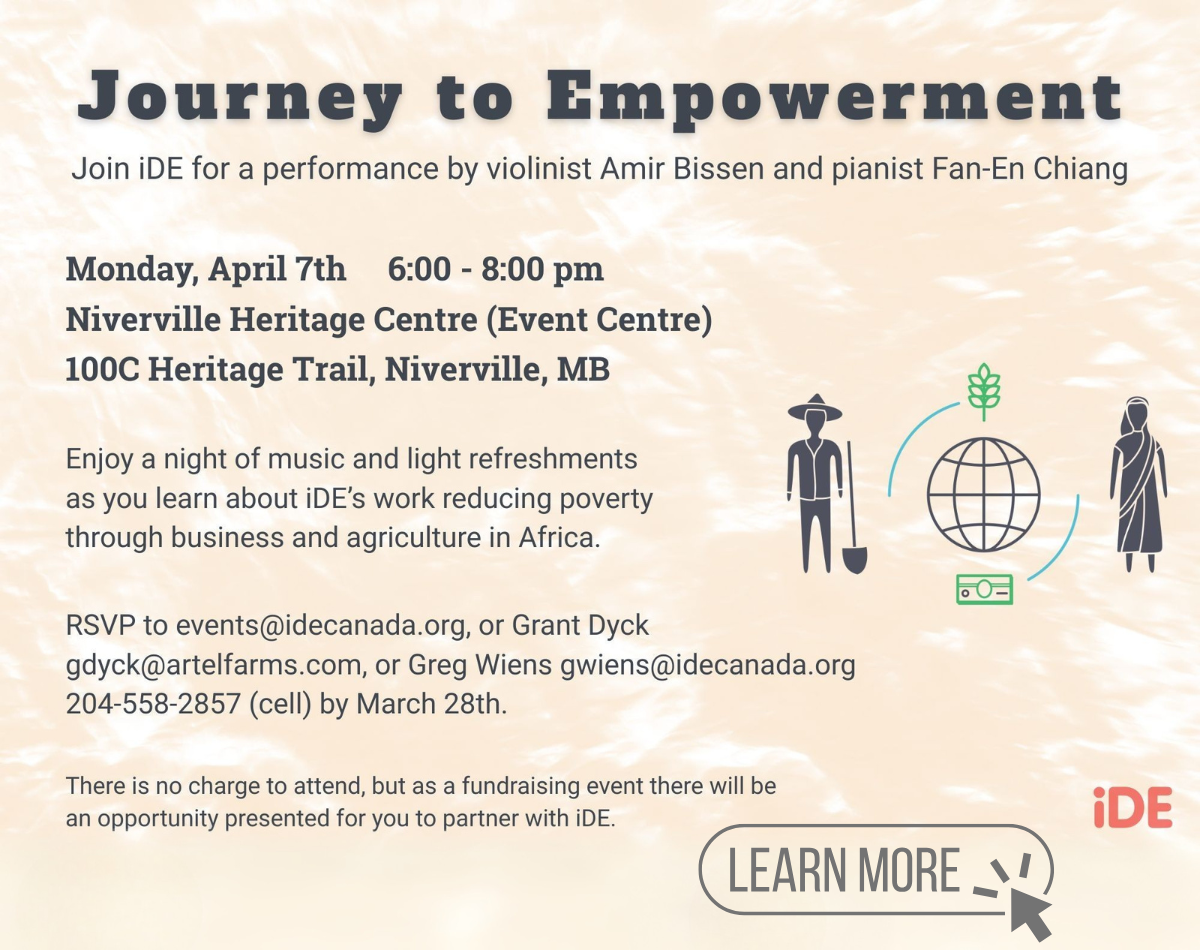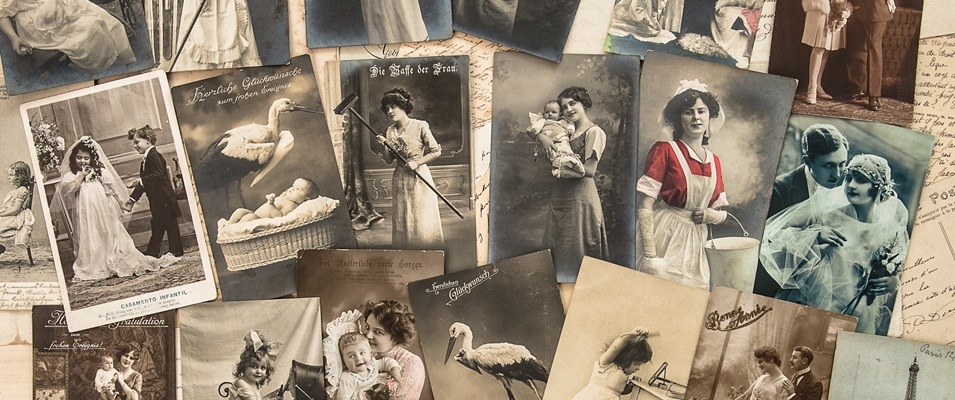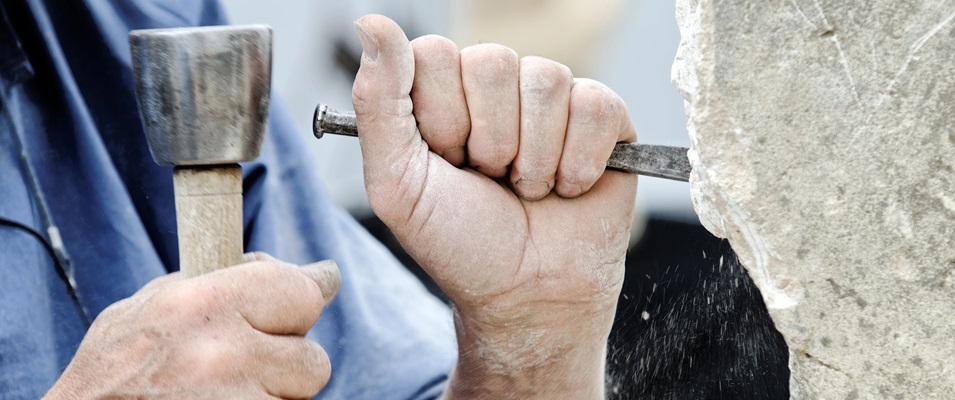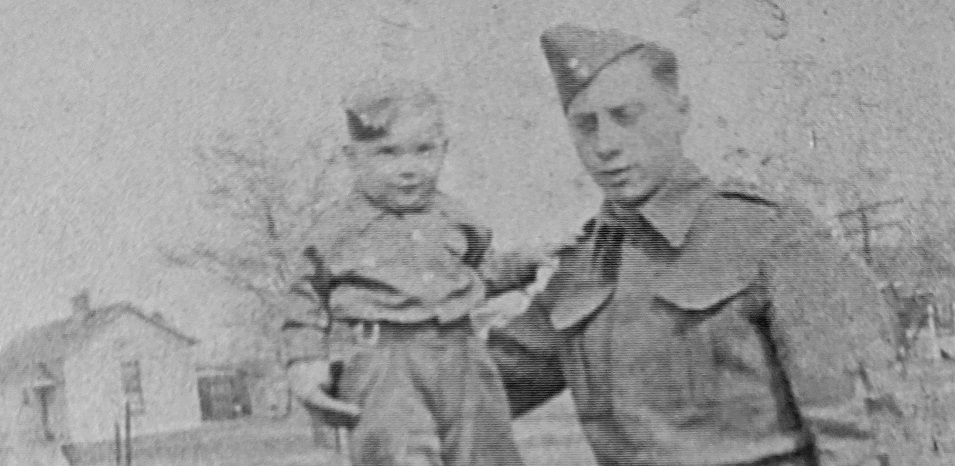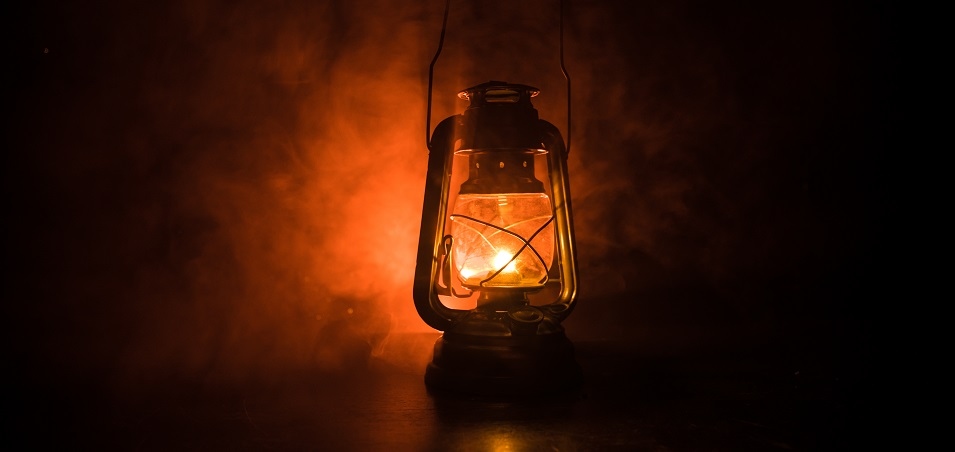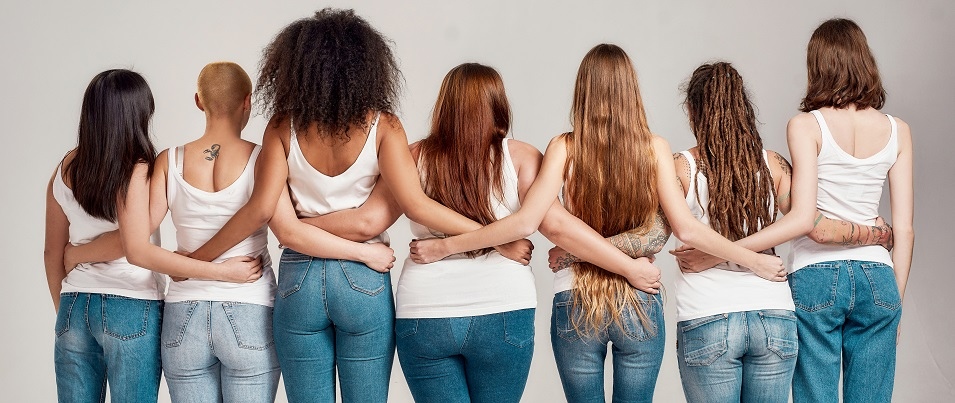
Most of the world is under the mistaken impression that Manitoba is a year-round land of ice and snow, but we know better. Our summers usually bring perfect beach weather—and with perfect beach weather comes swimwear, and with swimwear comes the annual practice of putting on last year’s bathing suit, staring in the mirror, and deciding whether we like what we see.
This is a shared human experience, one of those things we all go through at one time or another, and it taps into something we read about, think about, and only rarely talk about: body image.
Many people use the term “body image” interchangeably with self-esteem. We place the focus on how we feel about our appearance, which for most people is negative.
However, researchers have noticed that body image is a broad, complex issue.
Our body image is made up of three components: our perception of how we look (our size, features, and appearance), our evaluation of our attractiveness (especially in relation to others), and our emotions (related to our body shape, size, and appearance).
These factors all work together to create a mental construct of our bodies and how we feel about them.
We can be said to have a good body image when our perception of how we look is accurate, our evaluation of our attractiveness is positive, and we feel confident in how we appear.
We can be said to have a negative body image when we perceive our size or shape to be poor, we consider ourselves unattractive, and parts of our appearance inspire strong adverse emotions in us.
What’s most interesting about our body image is how little it sometimes has to do with the actual size and shape of our bodies. More important to us is our perception of how we look, and how this perception makes us feel.
More on that later.
Who struggles most with negative body image? If you based your answer on depictions in media or culture, the answer would be teen girls or young adult women. In reality, though, anybody can struggle with negative body image.
In the early 2000s, a group of psychologists from Harvard conducted a study and learned that males of all ages struggle with negative body image. The difference between what males struggle with, compared to females, is that males tend to be dissatisfied with their muscle mass and height. That is, males both young and old generally wish to be taller, more muscled, and possessing less body fat.
According to the study, this desire persisted despite how tall, muscled, and lean the males actually were. None of them were tall enough, or big enough, to be completely happy.
Later research showed that this desire could persist well into adulthood.
In fact, all genders and ages appear to struggle equally with negative body image. What seems to differs between the genders is how they wish they looked. In Western culture at least, males generally wish to be bigger, whereas females generally wish to be smaller.
When we evaluate how attractive we are, research shows that we often do it by comparing ourselves to others. This may be less of an issue in a relatively small community, without a lot of people to compare oneself to.
But social media and the internet have brought an army of celebrities and models. No longer are we limited to the people immediately around us. Now we compare ourselves to the likes of Channing Tatum and Kim Kardashian.
This can deeply skew our assessment of our own attractiveness, especially considering that so many of the celebrity images we see aren’t even close to reality. Indeed, they’re usually edited so much that they no longer resemble real life at all.
So we aren’t even comparing ourselves with the real Kardashians; we’re comparing ourselves with computer-generated facsimiles of them.
This is backed by research. Psychologists from the University of Adelaide in Australia found that increased exposure to celebrities and models, especially via social media, is associated with an increase in negative body image.
Sometimes negative body image can be more than just mildly distressing. Remember: our perceptions of our body shape, size, and attractiveness is more important to us than reality.
Body dysmorphia, a serious psychological condition, occurs when our perception of our physical selves becomes severely distorted. People struggling with body dysmorphia may perceive features of their bodies to be larger or more unusual than they actually are. They may feel trapped in their bodies or obsess about perceived defects. Sometimes this can lead people to resort to cosmetic surgeries in order to correct so-called flaws.
Body dysmorphia can be overcome with psychotherapy, so if you or someone you know is experiencing this condition, please seek help.
Developing a positive body image is important because it can affect our overall mental and physical well-being. The start of summer is an ideal time to start having conversations about body image—especially the start of this summer, as we move further away from our COVID-imposed isolation.
Working on our body image isn’t necessarily about trying to get on the treadmill a little more or saying no to that extra piece of cake. Instead, developing positive body image is something we can do together.
Recent research has shown that self-compassion, and encouraging self-compassion in each other, can contribute to positive body image. Practicing positive self-talk is another evidence-based method of improving our body image, emphasizing our positive qualities over our negative ones.
It’s also important to have conversations with our young people about the unrealistic nature of the images they may see online. Spending less time on social media can be a protective factor as well.
Finally, let’s spend time doing activities we love to help us to feel more comfortable with our bodies. This may include going to the beach in whatever swimwear we feel most at home in.
And if you do hit the beach, be assured that everyone else there is worrying much more about their own bodies than they are about yours.




